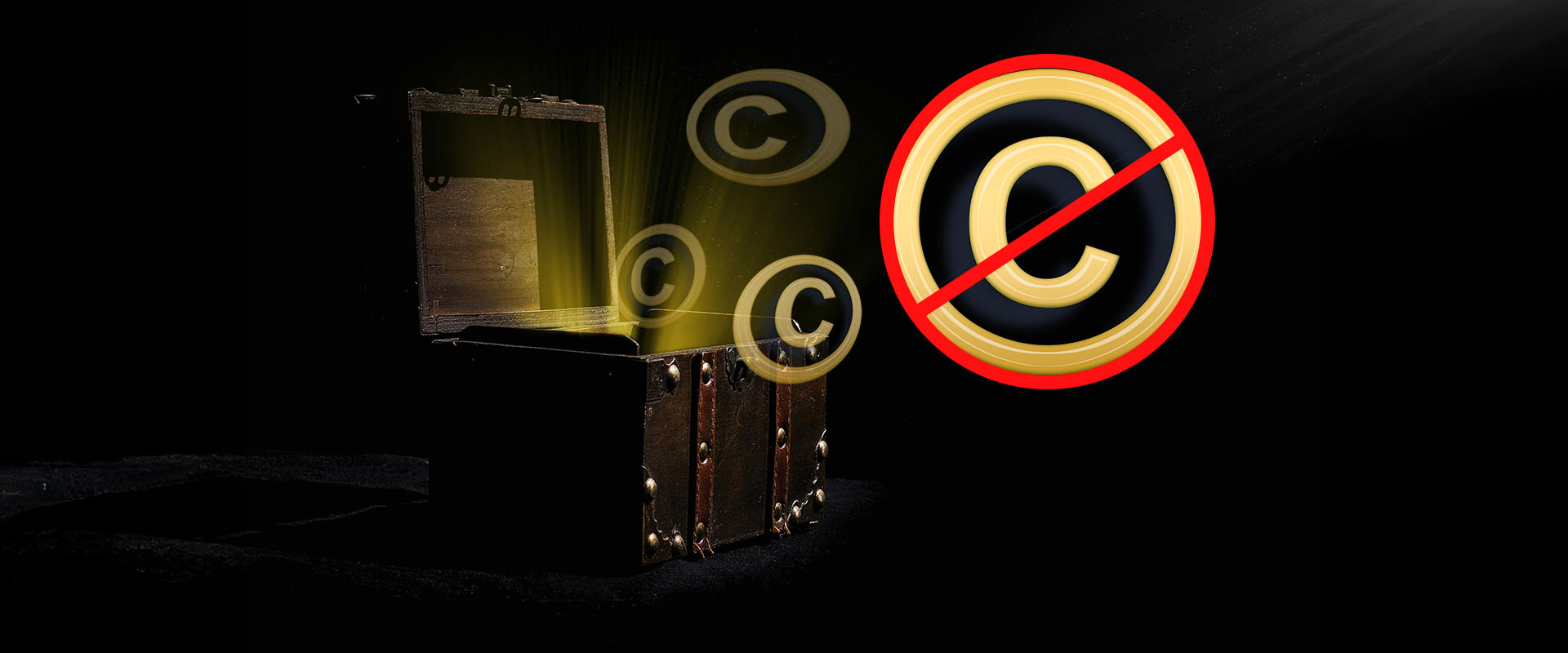On January 1, 2026, a remarkable shift will take place: numerous beloved cultural icons and literary masterpieces will enter the public domain in the United States. This includes early versions of Popeye, Tintin, Mickey Mouse, and seminal works by William Faulkner and Ernest Hemingway. For intellectual property holders, content creators, and brand strategists—whether managing global icons or building niche brands—this moment is more than a legal milestone. It represents a strategic inflection point.
Ludwig APC helps clients explore what it means when the law “lets icons loose,” and how businesses of all sizes can harness—or protect against—the ripple effects of public domain expansion.
What’s Entering the Public Domain in 2026?
Under U.S. copyright law, works published in 1930 will enter the public domain on January 1, 2026, following the expiration of their 95-year copyright term. Among the most notable entrants:
- Popeye the Sailor: Created by E.C. Segar, Popeye debuted in the Thimble Theater comic strip in 1929. While his spinach-fueled strength came later, the original character—complete with his gravelly voice and sailor swagger—is free for reuse starting in 2026.
- Tintin: Hergé’s Belgian boy reporter first appeared in Le Petit Vingtième in 1929. The earliest adventures, including Tintin in the Land of the Soviets, will soon be open to reinterpretation.
- Mickey Mouse: Following the 2024 release of Steamboat Willie into the public domain, additional 1929 Mickey animations—where he dons his iconic white gloves and speaks for the first time—will be available for public use in 2026.
- Literary Works: Faulkner’s The Sound and the Fury and Hemingway’s A Farewell to Arms join the public domain in 2026, alongside Virginia Woolf’s A Room of One’s Own and Steinbeck’s Cup of Gold.
These works will no longer be protected by copyright, meaning they can be used, adapted, and commercialized without permission or payment to the original rights holders.
Strategic Implications for IP Stakeholders
For publishers, entertainment companies, brand managers, and creative entrepreneurs, this shift presents both opportunity and risk.
Opportunity: Creative Reuse and Brand Expansion
Public domain status unlocks a treasure trove of content for adaptation, merchandising, and storytelling. Imagine:
- A graphic novel reimagining Tintin as a cyberpunk detective.
- A streaming series based on The Sound and the Fury, set in modern-day Mississippi.
- A line of retro apparel featuring Popeye’s original comic strip likeness.
These will soon be legally viable without licensing fees. For startups and indie creators, public domain works offer a cost-effective way to tap into recognizable IP with built-in audience nostalgia.
Risk: Brand Dilution and Market Confusion
For legacy brands and rights holders, the public domain can be a double-edged sword. While the original 1929 versions are free to use, later iterations—such as Popeye’s spinach powers or Tintin’s signature red hair—remain protected. This creates a complex landscape where unauthorized uses may blur the lines between public domain and trademarked content.
Disney, for example, continues to hold trademarks on Mickey Mouse’s modern appearance. Unauthorized uses that imply endorsement or confuse consumers could trigger legal action. As Jennifer Jenkins of Duke’s Center for the Study of the Public Domain notes, “Only the earliest versions are free for reuse”.
What You Need to Know
Whether you’re looking to capitalize on newly available content or safeguard your brand from dilution, you should consider the following:
1. Audit Your Portfolio
Review your existing IP holdings to identify any works approaching public domain status. Consider proactive trademark filings or brand refreshes to maintain distinctiveness.
2. Explore Strategic Adaptations
If you’re a publisher, producer, or content creator, evaluate which public domain works align with your brand voice and audience. Ludwig APC can help assess legal boundaries and creative potential.
3. Monitor the Market
Keep an eye on emerging uses of public domain characters. If competitors are leveraging early Mickey or Popeye in ways that encroach on your protected assets, we can help you enforce your rights.
4. Educate Your Team
Ensure your marketing, legal, and creative teams understand the nuances of public domain law. Missteps—such as using protected elements of a character—can lead to costly litigation.
The Power of Legacy
The public domain isn’t just a legal designation—it’s a shared pool of creative works, ideas, and knowledge that belong to everyone, accessible without restriction, licensing, or ownership barriers. It allows society to reinterpret, remix, and reimagine the stories that shaped us. For IP holders, it’s a call to continued innovation. For creators, it’s a chance to build on the shoulders of giants.
Let’s Work Together: Global Experience, Personal Focus
Ludwig APC can help you help you unlock the full potential of IP—whether you’re protecting your icons or letting them loose. Contact Ludwig APC today at (619) 929-0873 or consultation@ludwigiplaw.com to arrange a free consultation to discuss your needs.



